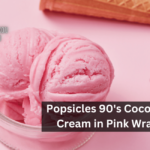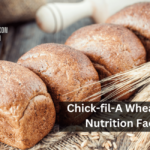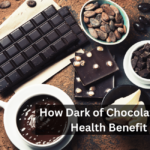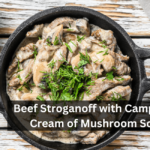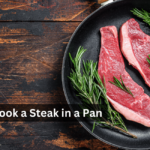Popsicles 90’s Coconut Ice Cream in Pink Wrapper
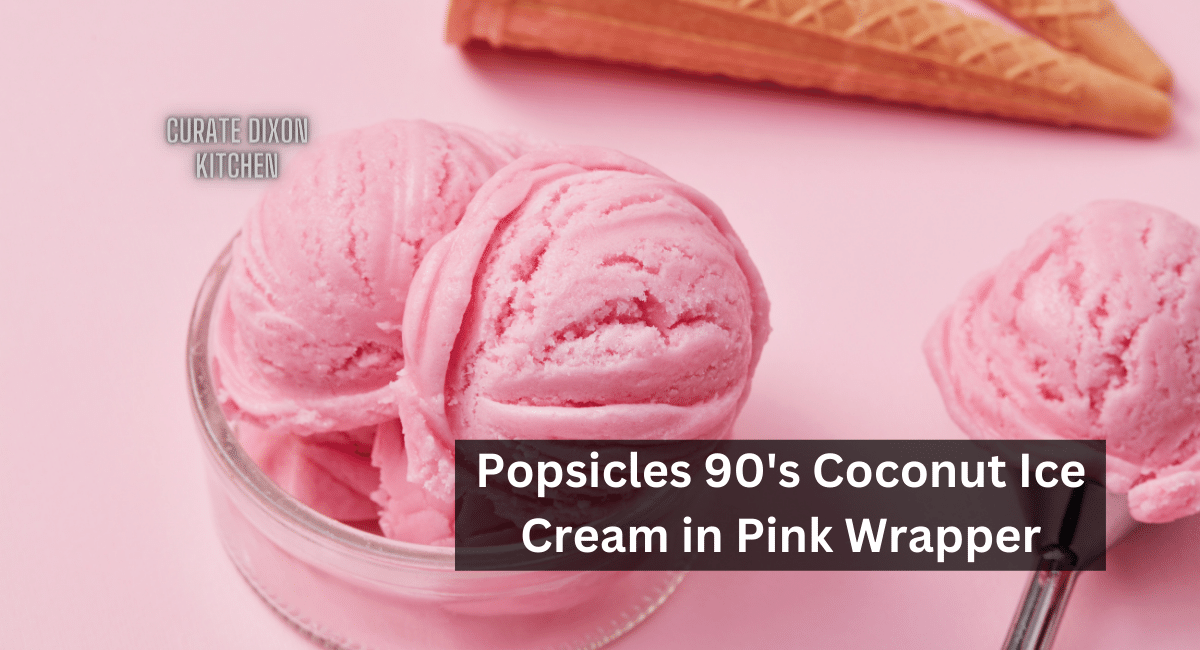
The 1990s was a decade of nostalgia, with its unique blend of pop culture, fashion, and food. One of the ...
Read more
How to Make Really Good Chicken Alfredo
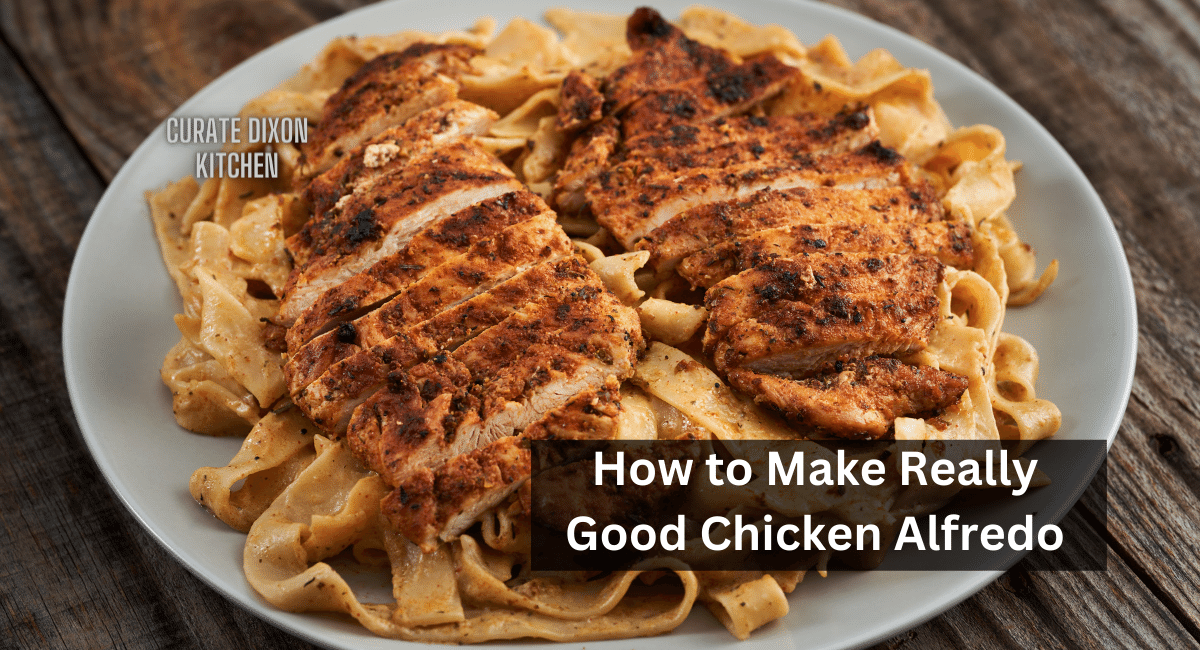
Craving a creamy, flavorful dish that will satisfy your taste buds? Look no further than homemade chicken Alfredo. This delectable ...
Read more
Chick-fil-A Wheat Bun Nutrition Facts
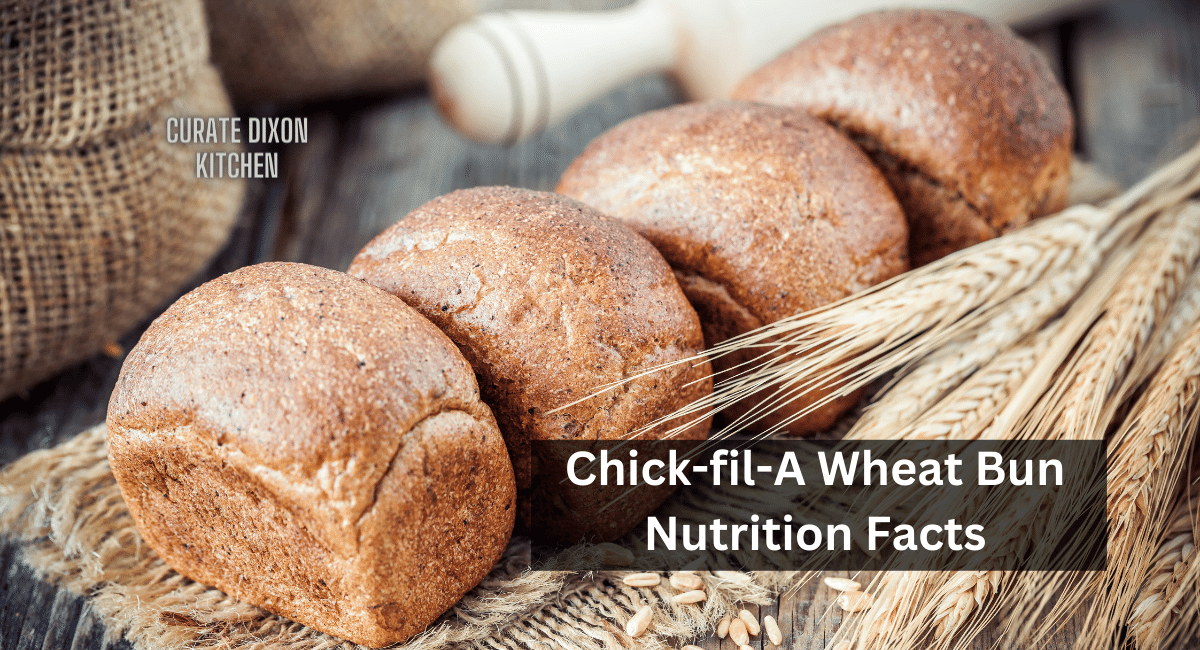
Chick-fil-A is renowned for its delicious sandwiches, and one of the key components of these sandwiches is the bun. Among ...
Read more
How Dark of Chocolate for Health Benefit
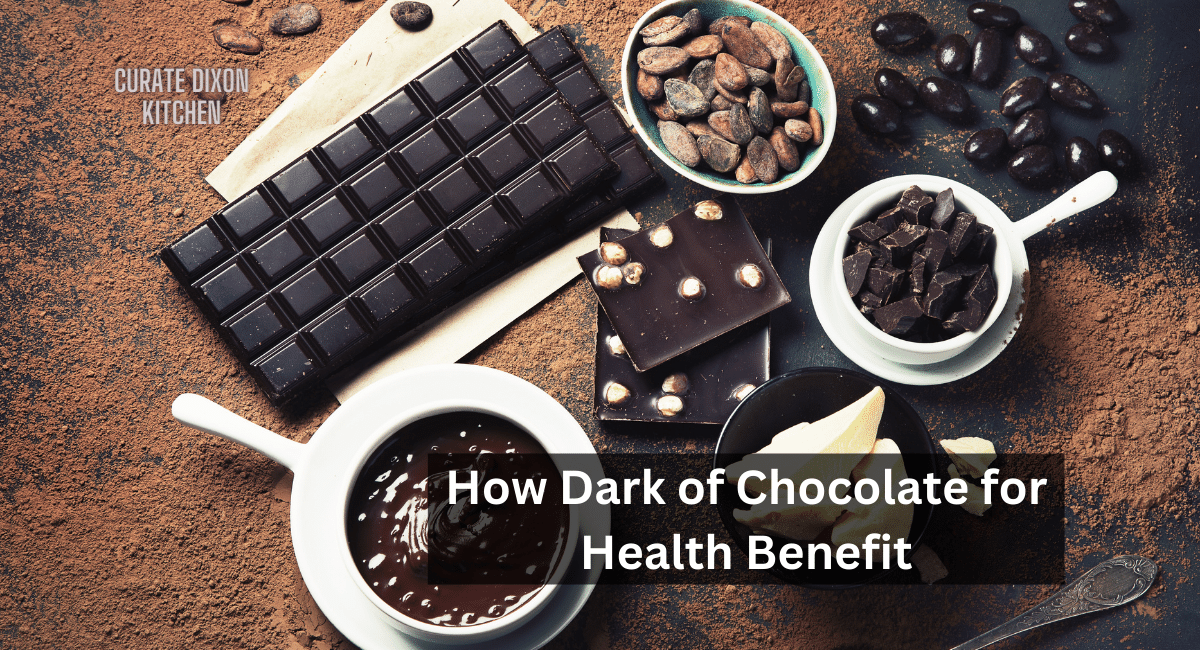
Chocolate, often considered a decadent treat, has long been associated with pleasure and indulgence. However, not all chocolate is created ...
Read more
Beef Stroganoff with Campbell’s Cream of Mushroom Soup
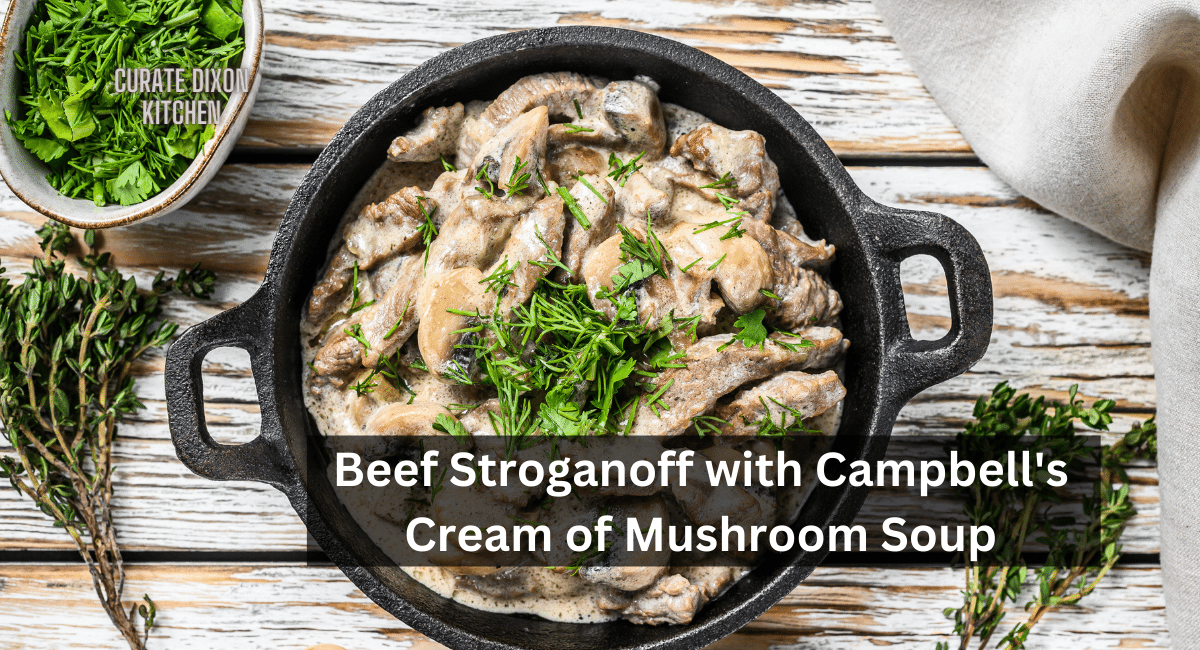
Beef Stroganoff is a timeless classic that has graced dinner tables worldwide for generations. This creamy, savory dish is known ...
Read more
Coffee Filters for Black and Decker Coffee Maker

When striving to craft the ideal cup of coffee, even the smallest nuances hold significance. Coffee filters, an often overlooked ...
Read more
How to Make Taco Bell Mexican Pizza
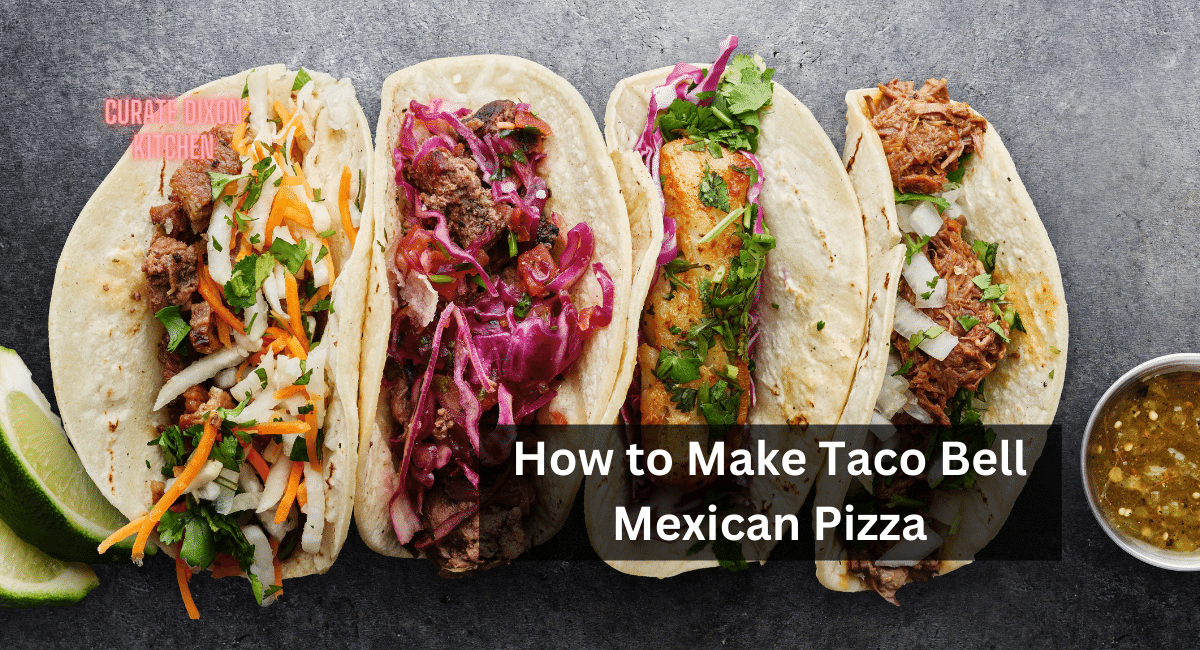
If you’re a Taco Bell’s Mexican Pizza fan and want to recreate that deliciousness in the comfort of your own ...
Read more
What Kind of Cheese Goes on Pizza

Pizza, a universally beloved dish, has captured people’s hearts and taste buds worldwide. While the debate over the perfect crust, ...
Read more
How to Cook a Steak in a Pan

Steak, often regarded as the epitome of carnivorous indulgence, is a culinary delight that always stays in style. While grilling ...
Read more
How to Make French Toast Cinnamon Sticks

French toast cinnamon sticks are a delightful twist on traditional French toast, combining the comforting flavors of cinnamon and sugar ...
Read more
